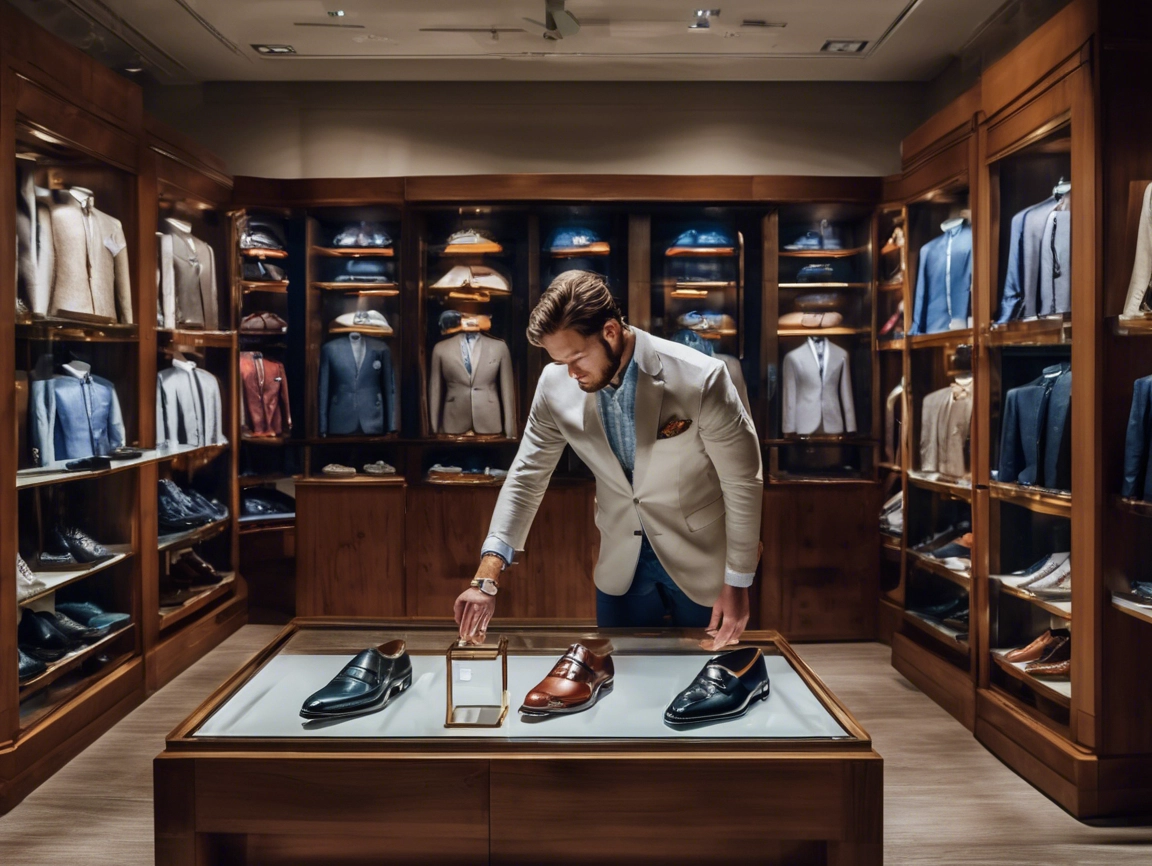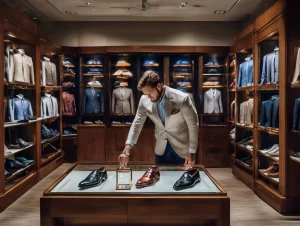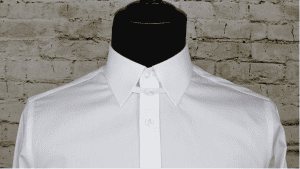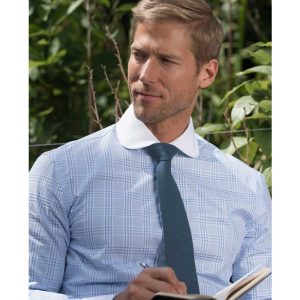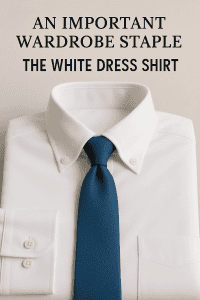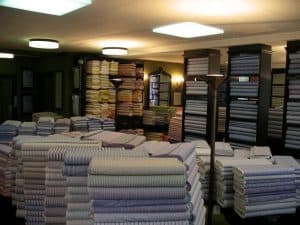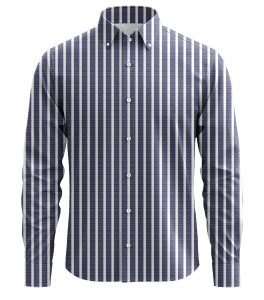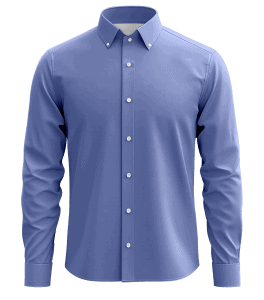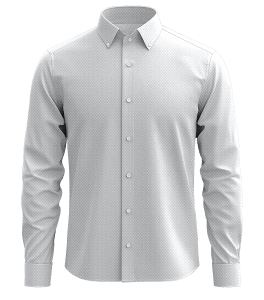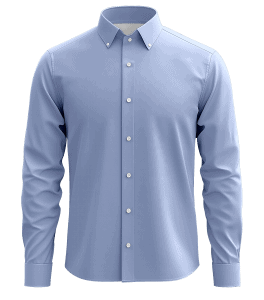Introduction
When it comes to elevating your personal style, the right choices in bespoke dress shirts, watches, and shoes can make all the difference. This guide provides essential tips to help you choose items that not only complement your wardrobe but also reflect your personality. With insights into fabric selection, fit, color coordination, and more, you’ll be equipped to make informed decisions that enhance your fashion sense.
1. Understanding Bespoke vs. Ready-to-Wear
What is Bespoke?
Bespoke clothing refers to garments that are custom-made specifically for an individual, taking into account their unique measurements, preferences, and style. This contrasts with ready-to-wear clothing, which is mass-produced in standardized sizes. Bespoke items offer a level of personalization and craftsmanship that ready-to-wear cannot match, resulting in a superior fit and quality.
Benefits of Choosing Bespoke
Choosing bespoke means investing in quality. A bespoke dress shirt can be tailored to fit every contour of your body, unlike mass-produced options that often require alterations. Moreover, bespoke items typically use higher-quality fabrics, ensuring durability and comfort. Additionally, the personalization aspect allows for unique styles and features that express your individuality.
2. The Importance of Fabric Selection
Types of Fabrics
When selecting a bespoke dress shirt, the fabric is one of the most crucial factors to consider. Cotton is a popular choice for its breathability and comfort, while linen offers a relaxed, casual look ideal for warmer climates. For formal occasions, fabrics like twill, poplin, and oxford provide different textures and weights, allowing for various styles and levels of formality.
How Fabric Affects Comfort and Style
The right fabric not only impacts the shirt’s aesthetic appeal but also its comfort. A lightweight fabric can be more comfortable in warmer conditions, while heavier options may offer greater warmth and structure. Understanding how different fabrics drape and wear will help you choose a shirt that feels as good as it looks.
3. Finding the Right Fit
Measuring Yourself
Getting the perfect fit requires accurate measurements. Key areas to measure include the neck, chest, waist, sleeve length, and shoulder width. Many tailors can offer guidance on how to take these measurements properly, ensuring that your bespoke shirt fits like a glove.
Common Fit Issues and Solutions
Common fit issues include too tight or too loose areas, which can be resolved through meticulous measuring and adjustments. For instance, if you find that your shirts are consistently tight around the shoulders, consider adjusting the shoulder width in your next order. Tailors can also provide insights on necessary alterations for a flawless fit.
4. Choosing the Perfect Dress Shirt Style
Collar Styles
The collar is a key element in defining the style of a dress shirt. Popular options include the classic spread collar, point collar, and button-down collar. Each style can impact the formality and overall look of the shirt, so consider your personal style and the occasions you’ll be wearing the shirt when making your selection.
Cuff Options
Cuffs can also enhance your shirt’s style. French cuffs offer a more formal look and are perfect for dressy occasions, while barrel cuffs provide a more casual feel. The choice of cuff style can add a subtle yet significant touch to your overall attire.
5. Picking the Right Color and Pattern
Classic Colors for Versatility
When selecting colors for your bespoke dress shirt, classic shades like white, light blue, and pastel hues are versatile choices that can be dressed up or down. These colors can easily be paired with various outfits, making them staples in any wardrobe.
Patterns to Consider
Patterns can add visual interest to your attire. Subtle stripes or checks can elevate a classic shirt, while bolder patterns may reflect a more vibrant personality. When choosing patterns, be mindful of how they will coordinate with your existing wardrobe.
6. Accessorizing with Watches
Choosing the Right Watch Style
A watch is more than just a timepiece; it’s a crucial accessory that can enhance your overall style. Consider the occasion and your outfit when choosing a watch. Dress watches typically feature a minimalist design and are made of materials like leather or stainless steel, while casual watches may have more intricate designs and functions.
Matching Your Watch with Your Outfit
When coordinating a watch with your outfit, consider both color and style. A classic leather strap watch pairs beautifully with formal attire, while a sporty stainless steel watch complements casual wear. Ensure that your watch aligns with the overall aesthetic of your outfit for a cohesive look.
7. Selecting the Ideal Shoes
Types of Dress Shoes
Your choice of shoes can significantly impact your overall style. Oxford shoes are a timeless choice for formal occasions, while brogues offer a more casual flair. Loafers and derbies are versatile options that can transition between casual and formal settings with ease. It’s essential to consider the occasion when selecting your footwear.
Comfort vs. Style
While style is important when selecting shoes, comfort should never be overlooked. A well-fitted shoe not only looks good but also feels good. Invest time in finding shoes that provide adequate support and cushioning, as this will enhance your overall experience throughout the day.
8. Understanding Shoe Materials
Leather vs. Suede
Leather shoes are synonymous with elegance and durability, making them a preferred choice for formal occasions. Suede, on the other hand, offers a softer, more casual look. Each material has its unique characteristics, so consider the context in which you’ll wear the shoes when making your selection.
Maintenance Tips for Longevity
To extend the life of your shoes, regular maintenance is essential. For leather shoes, consider using a quality leather conditioner and polish to maintain their shine and integrity. Suede requires different care, such as brushing with a suede brush and using protective sprays to repel water and stains.
9. Coordinating Your Outfit
Color Coordination Tips
Effective color coordination can elevate your style to new heights. Consider the color wheel; complementary colors create a visually appealing contrast, while analogous colors offer a harmonious look. Experiment with different combinations to see what suits your personality and enhances your overall aesthetic.
Creating a Cohesive Look
A cohesive outfit involves harmonizing different elements, from your shirt to your shoes. Matching the formality and color of your accessories with your main garments is key. For instance, pairing a formal dress shirt with casual shoes can create a disjointed appearance, so always aim for balance.
10. The Importance of Personal Style
Defining Your Style Identity
Your personal style reflects who you are, and understanding what you love can guide your fashion choices. Consider what colors, patterns, and fits you feel most comfortable in and experiment with different styles. Over time, you’ll develop a signature look that represents your unique identity.
Incorporating Trends vs. Timeless Pieces
While it’s essential to stay aware of fashion trends, incorporating timeless pieces into your wardrobe ensures longevity in your style. Invest in classic items that won’t go out of fashion, such as a well-fitted blazer or quality dress shoes, and use trendy accessories to add a modern twist.
Conclusion
Choosing the right bespoke dress shirts, watches, and shoes involves a careful consideration of various factors, including fit, fabric, color, and personal style. By understanding the nuances of each component, you can create a versatile wardrobe that not only meets your needs but also enhances your confidence. Remember, the key to style is not just about following trends but about expressing who you are through your clothing choices.
FAQs
What is the difference between bespoke and tailored clothing?
Bespoke clothing is entirely custom-made from scratch based on individual measurements and preferences, while tailored clothing refers to ready-to-wear items that have been altered to fit better.
How often should I get my dress shirts tailored?
It’s advisable to get your dress shirts tailored whenever you notice any fit issues. Regularly updating your measurements, especially after significant changes in weight, can ensure that your shirts always fit well.
Can I wear a casual watch with a formal outfit?
While it’s possible to mix casual and formal elements, it’s generally best to stick with a dress watch for formal occasions to maintain a polished look.
How do I maintain suede shoes?
To maintain suede shoes, regularly brush them with a suede brush, apply protective sprays, and store them in a cool, dry place to prevent moisture damage.
What are some must-have colors for a versatile wardrobe?
Classic colors such as white, navy, grey, and beige are excellent choices for a versatile wardrobe, as they can easily be paired with various outfits and styles.

